Ukraine still celebrates two New Years and two Christmases. This is due to existence of the Julian and Gregorian calendars. But in order to explain why this happened, we should first discuss what a calendar is and why it is very difficult to create one.
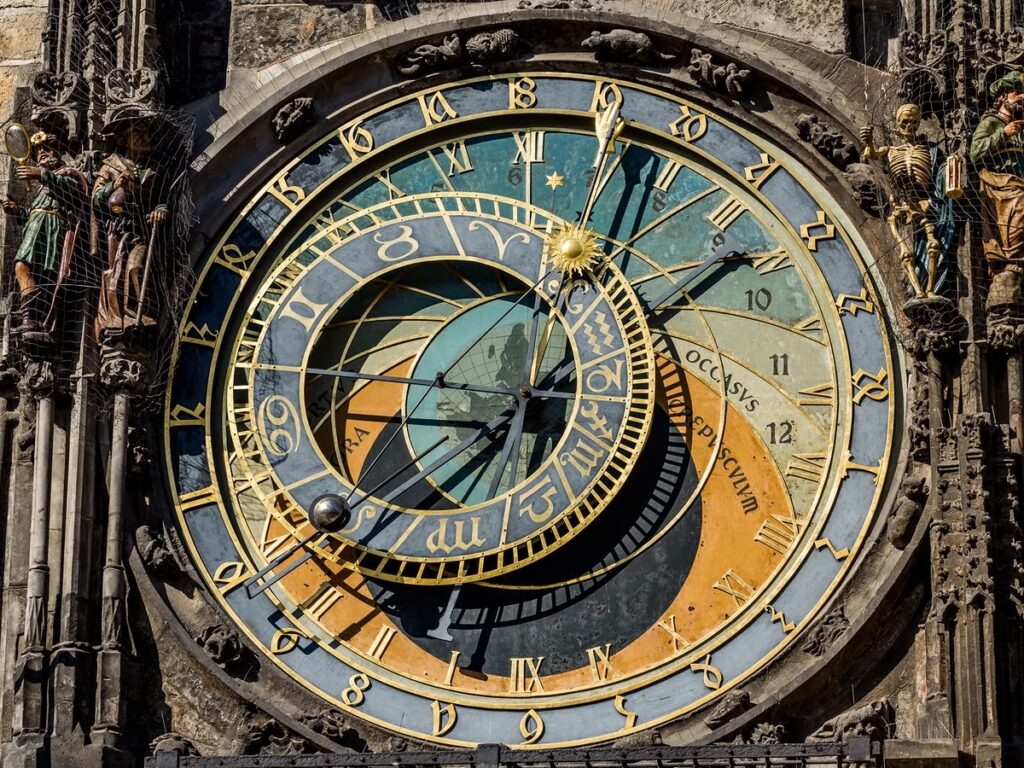
Two Christmases
Historically, Christmas is celebrated twice in Ukraine. The first time is on December 25, and the second time is on January 7. People often call them Catholic and Orthodox, but this is not so. This fact does not apply directly to religious issues, but is determined only by the calendar.
This is confirmed by the fact that Ukraine also celebrates the so called “old New Year”, and the time period between December 25 and January 1 is the same as between January 7 and January 14. The fact is that actually the last two dates are also December 25 and January 1, only according to a different calendar — the Julian one.
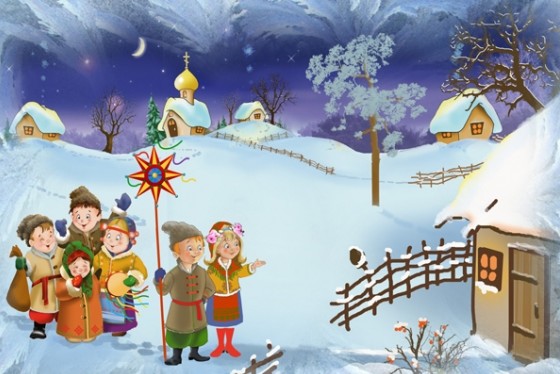
But in order to understand how the two calendars relate to each other, it is worth starting with the fact that the Gregorian calendar we are using currently in our everyday life is not as obvious as it seems, and the time reference system has changed more than once before it settled on the modern model.
How long is a year?
A few thousand years ago, the very concept of a calendar did not exist. This means that it never occurred to anyone to ask what day of the year it is now and what year it is since a certain event. People knew that the seasons rotate, and after the end of a cycle, it repeats itself. But it did not occur to anybody that the New Year would come on a certain day.
The fact is that the weather conditions, which our ancestors used as the landmarks in their prototypes of a calendar, are extremely unstable. The Nile, Tigris, and Yangtze rivers flood at roughly the same time of year, but not on the same day. The first snow in temperate latitudes may generally be delayed for several weeks. So even simply establishing the length of the year in days, just by observing the nature around, is practically impossible. But heavenly bodies are free from earthly factors. During the year, the sun changes its height at noon (at the culmination) — from the lowest in winter to the highest in summer.

If you set up a landmark at a certain location that marks the point of sunrise or sunset on a certain day of the year, and then follow the movement of that point day, you can see the moment when it will again be exactly above that very landmark. If you put a mark next to each day, and then count their number, you can get the length of the year in days.
At the beginning of the calendar
It is best to tie such a landmark to the point of sunrise or sunset on the days of the summer or winter solstice. These are the longest and shortest daylight days of the year. In the Northern Hemisphere, they correspond to the northernmost and southernmost points of appearance of the edge of the Sun above the horizon.
It is on the summer and winter solstices that our luminary can be seen near the horizon through a pair of special stone gates at the megalithic Stonehenge. It was built more than 4 thousand years ago in England, and since then, apparently, the local Druids knew that there were 365 days in a year.
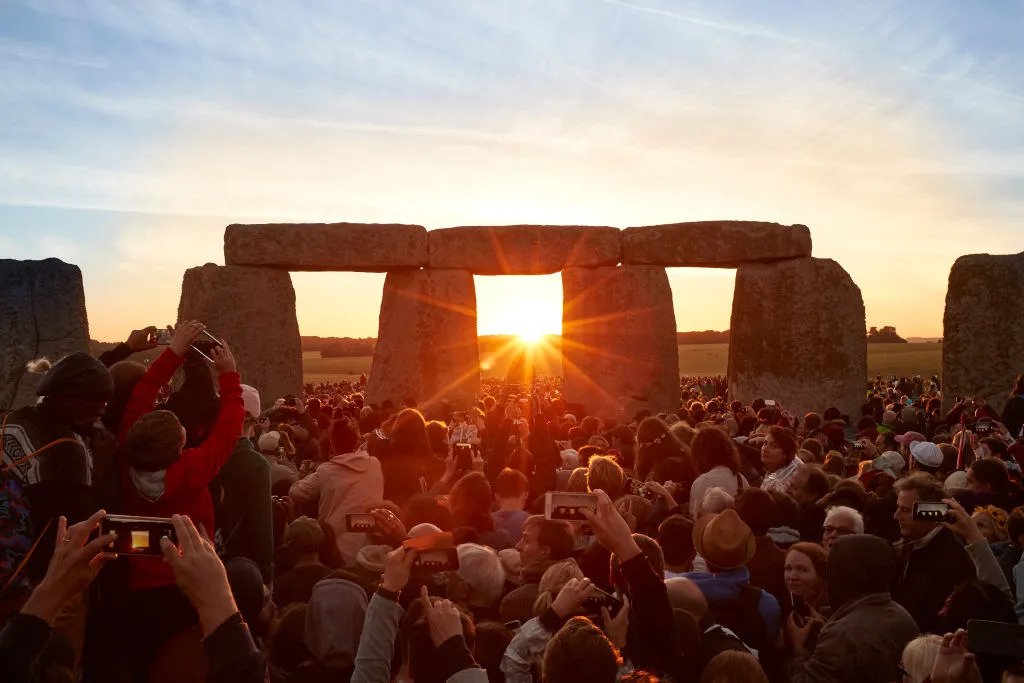
Ancient Egyptian priests built similar structures. They were among the first to practice counting not only the days of the year, but also the number of years that have passed since some particular event. Such an event was the coincidence of the morning rising of the star Sirius with the beginning of the tropical year. According to the Gregorian calendar, it happened on July 19, 4241 ВС. This is the first precisely dated event in history.
Since then, the idea that every day is not just “sometime in the fall” or “sometime in the summer”, but a certain number of a certain month of a certain year, has dominated the world. Humanity was able to understand the passage of time with its mind.
By the way, the ancient Egyptians had a good reason to pay attention to Sirius. They realized that the same trick as with the sunrise can be done with any star in the sky. And so it happened that the brightest of them — α of Canis Major — rose in the morning sky just at a crucial time for the inhabitants of the Nile Valley: when the great African river was just beginning to overflow.
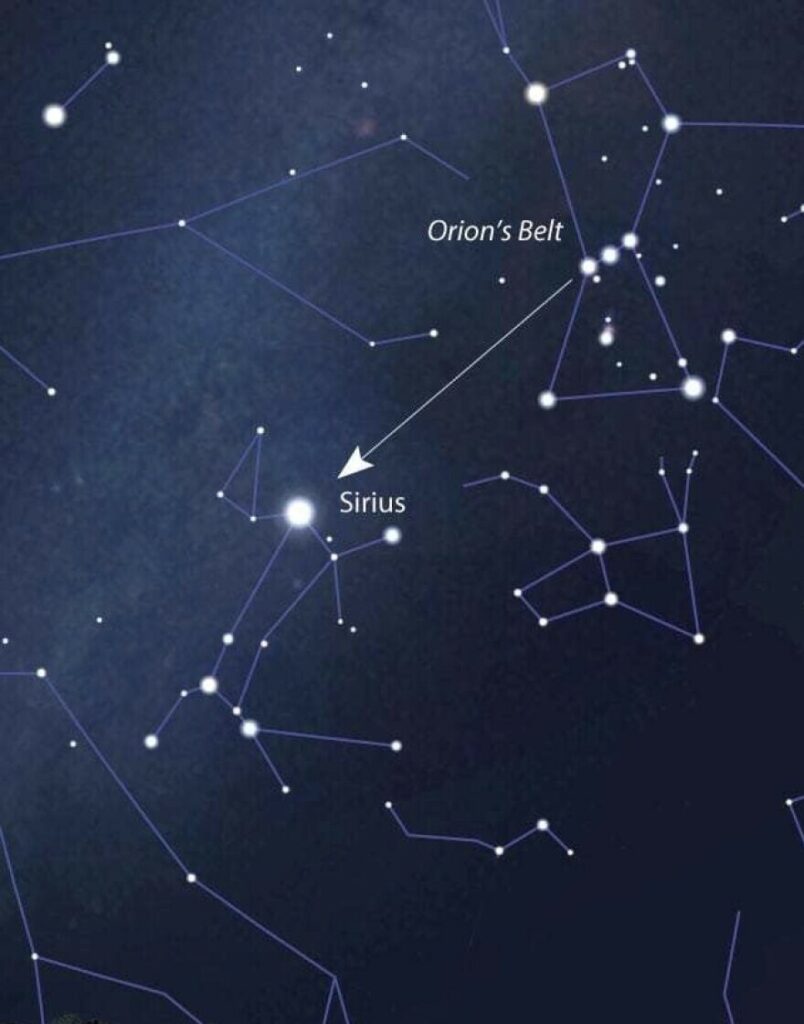
Naughty Moon
But there was one object in the sky that did not fit into this scheme in any way. This is the Moon, whose phases change with the periodicity of 29.53 Earth days. This cycle also does not depend on terrestrial conditions and is even easier to measure than the duration of the solar year.
Therefore, in many cultures, instead of measuring exactly how many days pass between two summer solstices, people began to count how many months the interval between two same seasons of the year lasts. Thus, the New Year was counted not from a specific day of the year, but from every twelfth new moon — that is the evening appearance of a crescent in the sky.
However, soon enough the priests, who at that time took care of astronomical research, found out that such a calendar gives a very serious error — after all, 12 months 29.53 days each (that is, either 29 or 30 days) give a total of only 354 or 355 days
Therefore, they did not come up with anything better than to apply a sufficiently cumbersome system adding a 13th month to some years. This is how the solar-lunar calendar was born. It is used in most modern “alternative” time systems: Chinese, Jewish, Old Slavic.
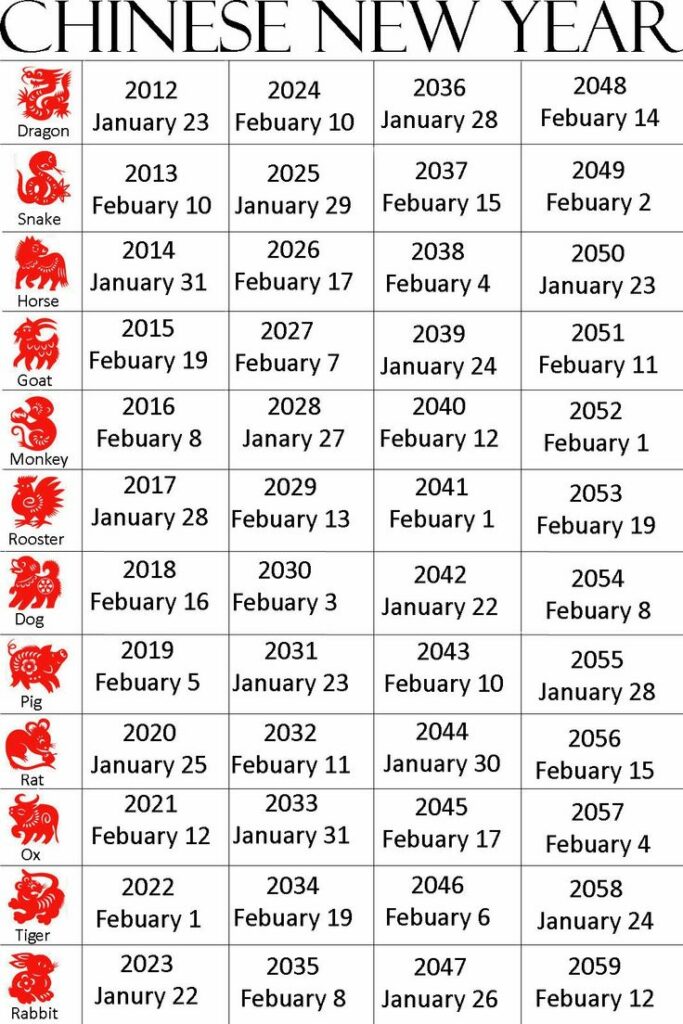
The reason why people so persistently tried to combine the lunar and solar time systems is a fundamental misunderstanding of the phenomena that cause a change in their relative position. Heaven was seen as the ideal embodiment of divine will. The understanding that they simply display the mutual rotation of three bodies — and nobody promised they would be convenient for us — came much later.
By the way, the remnants of attempts to “fit” the lunar cycles into the solar year are also present in the calendar we are using currently. First, these are 12 months that have come down to us from the ancient Roman calendar, which was also lunisolar. Their Ukrainian names come from the ancient Slavic system of counting time, which was the same.
Many church holidays are coupled to Easter. And it, in turn, is celebrated on the first Sunday after the first full moon, which occurs after the vernal equinox, which falls on March 21. Thus Shrovetide, Lent, Quinquagesima, Palm Sunday, Ascension, Trinity are “tied” to the lunisolar calendar.
Julian calendar
Back in ancient times, astronomers observing the stars noted that 365 days is an inaccurate length of a solar year. They found that the interval between the two solstices is actually 365.25 days.
Therefore, in order to make the calendar more accurate, they decided to add one day every four years. It is customary to call such a year a leap year. Doing this is much easier than inserting a whole month, but only Alexandrian astronomers in the 1st century BC thought of it. It was introduced into circulation by Emperor Julius Caesar, so this calendar was named after him.
By the way, at first it was completely unrelated to Christmas. It was introduced in 45 BC. (and 67 days were inserted for correction), which was then considered to be the year 693 since foundation of Rome. But January 1 became the official beginning of the year exactly then, although in many countries where this calendar was introduced, had been considering some other days as the beginning of a year.
And even when Christians adapted the Julian calendar to their needs in the first centuries of our era, the counting of years in it was not at all since the Nativity, but since the creation of the world — according to Christian ideas about when it happened. Thus, the year when Emperor Constantine legitimized Christianity was not 313 since the Nativity, but 5821 since the creation of the world.
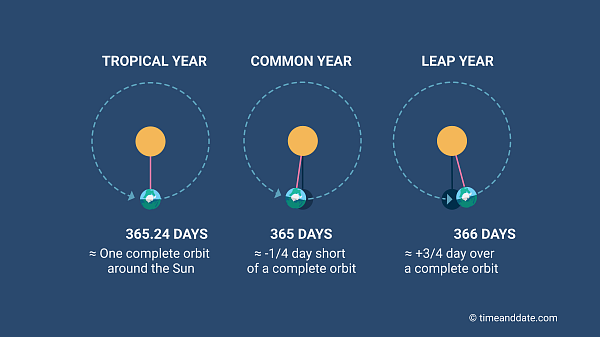
Then the Roman Empire split into Eastern and Western parts, and then Christianity also split and spread throughout Europe, including the territory of modern Ukraine. Christian priests, who took over the function of time registration from pagan priests, brought the Julian calendar with them to the lands where they preached.
The idea of counting years from the Nativity appeared later. It was first proposed by the Roman monk Dionysius the Younger in 525. But for a long time this idea remained quite unpopular, although some chroniclers used it as early as the 8th century. After all, every European monarch decided himself which calendar to use. The countries of the continent massively switched to the new dating only in the XI-XIV centuries. Portugal was the last Catholic country to do so (1422). But there was still Russia, which continued to use the old reference system until the time of Peter I, who decreed that after the year 7208 since the creation of the world, the year 1700 since the Nativity of Christ should come.
Gregorian calendar
Meanwhile, astronomy did not stand still — scientists created increasingly sophisticated instruments for measuring angles in the starry sky. They found that the existing calendar was still inaccurate, although it was off by one day in 128 years.
The real period of the Earth’s rotation around the Sun is 11 minutes longer than that adopted in the Julian calendar. And the length of the day turned out to be somewhat different from 24 hours. The error was small, so it was noticed only many centuries after the introduction of the calendar. But over time, it became an increasingly serious problem. The Catholic Church and the scientists cooperating with it were the main “keepers of time”. They were interested in making sure that what they said corresponded exactly to what was happening in heaven. And the calculation of the date of Easter was just threatening to turn into chaos.
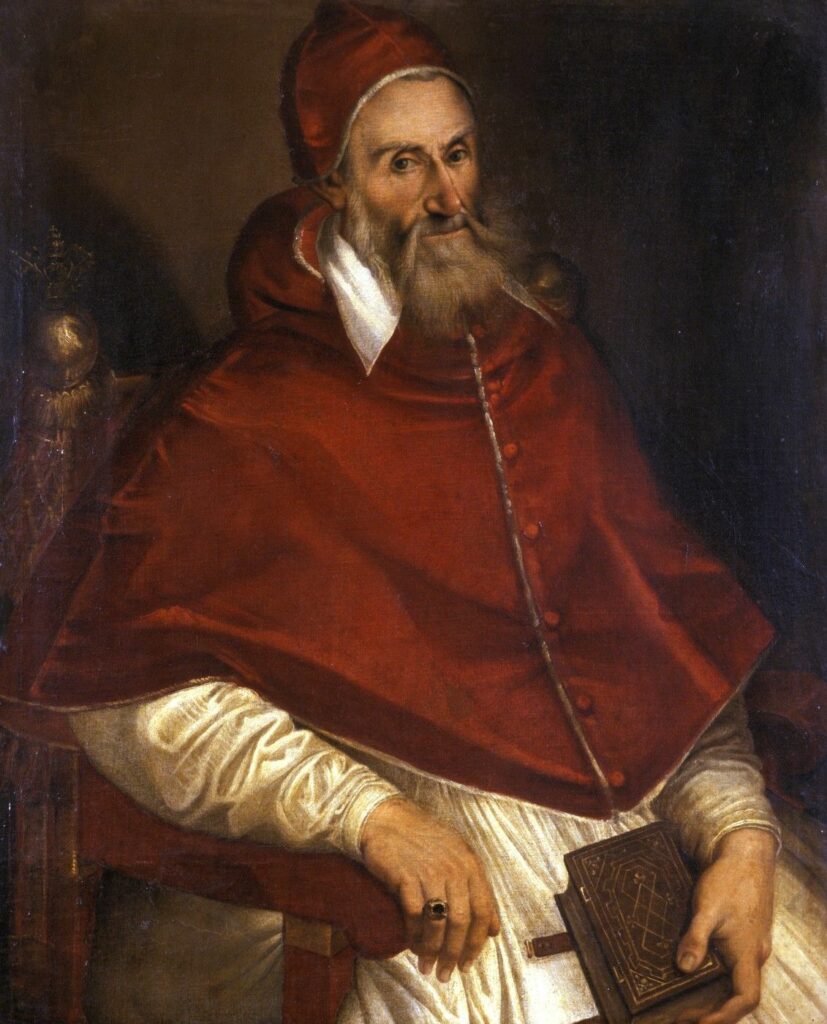
Therefore, Pope Gregory XIII introduced a new, more accurate calendar, which was named after him. As in the Julian calendar, it has a regular year of 365 days, and every fourth year is a leap year. However, in order to compensate for the discrepancy with the tropical year, an additional amendment was introduced into it. Every year that is a multiple of 100 does not have a leap year in it, except for those whose number is divisible by 400.
Thus, 1700, 1800, and 1900 were leap years in the Julian calendar, but not in the Gregorian calendar. In addition, it was necessary to compensate for the difference that was formed during the centuries of using the Julian calendar. Therefore, after December 21, 1581, January 1, 1582 immediately came. The Pope canceled Christmas for the sake of calendar accuracy!
It is worth saying that such radical reforms were not immediately adopted in all European countries, which gradually switched to the Gregorian calendar over the next few centuries. The Orthodox Church, represented by the Patriarch of Constantinople, also rejected this innovation.
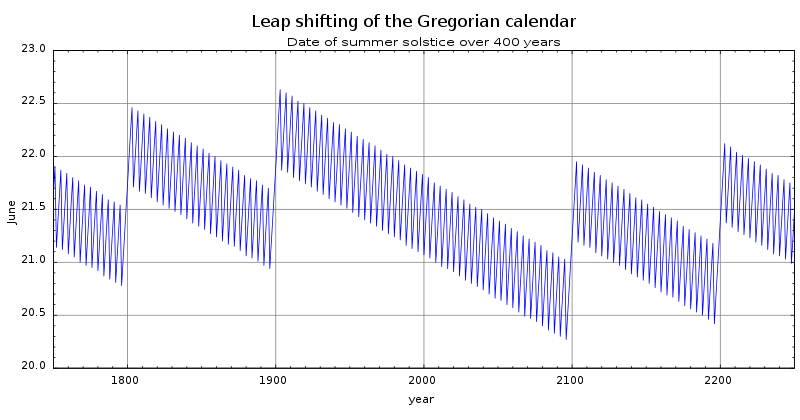
Gregorian calendar in Ukraine
On the territory of Ukraine, the Gregorian calendar was officially introduced together with the Union of Berestei in 1596. However, the Orthodox Church, which was then the center of cultural life of Ukrainians, refused to use it. So we may be pretty sure that Bohdan Khmelnytskyi’s Cossacks persisted in using the Julian calendar.
And then most of Ukraine was occupied by the Russian Empire, which used the Julian calendar officially until the 20th century. Meanwhile, due to the different number of leap years, the difference between the two calendar systems increased and in 1900 it amounted to the number of 13 days we are used to currently.
And the part of Ukraine, which got incorporated into the Austrian Empire, was mainly inhabited by Catholics and Uniates, who recognized the Gregorian calendar. Therefore, when the First World War began in 1914, July 28 had already arrived for those Ukrainians who lived in the Habsburg state. Those who lived in Russia still had the 14th of the same month.
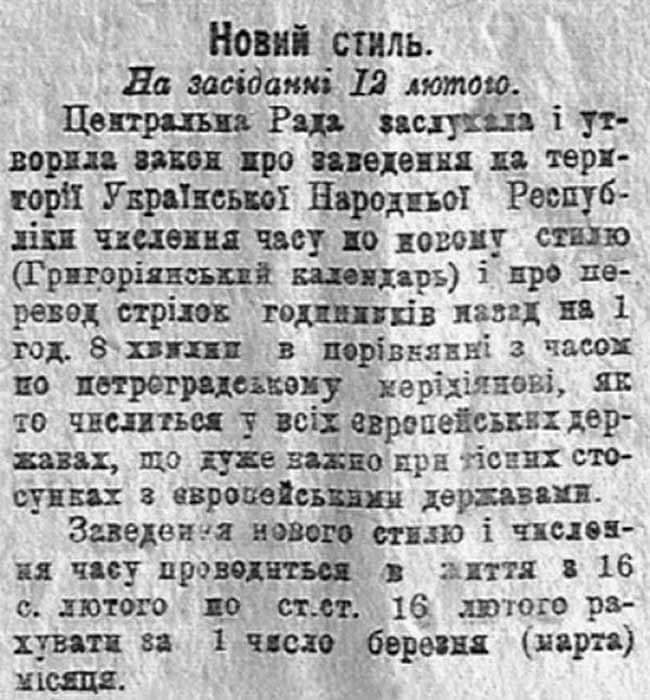
The final transition took place only on February 1, 1918. Moreover, it was a decision of the civil authorities, which was not obeyed by the church. In order for these changes to be extended to religious holidays as well, the new calendar had to be recognized by the Orthodox Church. This happened in 1923, when the majority of Orthodox churches switched to the New Julian calendar, which coincides in dates with the Gregorian calendar. The Patriarch of the Russian Orthodox Church, to which the majority of Ukrainian priests were subordinate at the time, also signed the relevant decree, but later canceled it.
And then the Soviet Union reigned, rendering activities of all religious organizations semi-legal. There were no official religious holidays at all in the country. As for the common people, they celebrated Christmas on January 7, not really caring if it would be more reasonable to do that on December 25. When the celebration finally became official, the bureaucrats did not manage to work through all the subtleties of the calendar either, just following the “folk tradition”.
Christmas Day
Anyway, there is no other date for the celebration of Christmas, except December 25, in the canons of the Orthodox, Catholic, Greek Catholic, or Protestant churches. And even it is quite conventional, because there are no direct instructions for this in the sacred texts themselves. Therefore, in the first centuries of Christianity, each community of the infant religion celebrated it in its own way.
The date of December 25 was adopted at the Council of Ephesus in 431. It established many canons, which are recognized by both the Orthodox and Catholic churches. Therefore, since then, December 25 has become the main Christian holiday, and the only question is when exactly to celebrate it.

By the way, there is evidence that Christians in Rome celebrated Christmas on this very day centuries before the Council of Ephesus. And it is connected with the name of the same emperor Constantine, who later became a Christian and the founder of Constantinople, where the most important Orthodox patriarchate is located.
There is an assumption that December 25 was chosen to celebrate Christmas because that day fell on a great pagan holiday, and the Christian emperor did not want to deprive the inhabitants of the city of it, so he simply changed the pretext for gathering around the table.
Of course, you can ignore all this, but the discrepancy between the Julian and Gregorian calendars will only grow in the future. Since March 1, 2100, the difference will make as much as 14 days. So in 2101, “Orthodox Christmas” will have to be celebrated on January 8.

